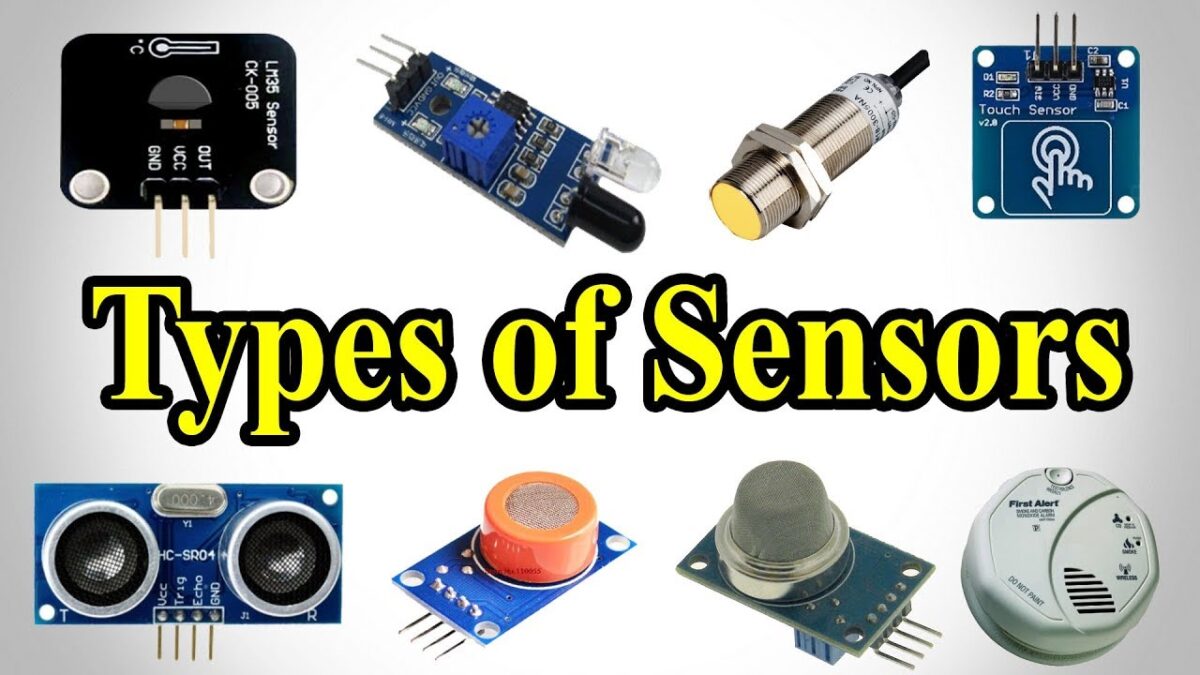A resistive sensor is a device that converts physical quantities such as displacement, deformation, force, acceleration, humidity, temperature, etc., into resistance value.
Resistive sensor device. There are mainly resistance strain sensors, piezoresistive sensors, thermal resistance sensors, thermal sensors, gas sensors, and humidity sensors. The resistance strain gauge in the sensor has the strain effect of metal, that is, it produces mechanical deformation under the action of external force, so that the resistance value changes accordingly. Resistance strain gauges are mainly divided into two types: metal and semiconductor. Metal strain gauges are divided into wire type, foil type and thin film type. Semiconductor strain gauges have the advantages of high sensitivity (usually dozens of times that of wire and foil types) and small lateral effects.
The piezoresistive sensor is a device made by diffusion resistance on a semiconductor material substrate based on the piezoresistive effect of the semiconductor material. The substrate can be directly used as a measuring sensor element, and the diffusion resistance is connected in the form of a bridge in the substrate. When the substrate is deformed by an external force, the resistance value will change, and the bridge will produce a corresponding unbalanced output. The substrate (or diaphragm) materials used as piezoresistive sensors are mainly silicon wafers and germanium wafers. Silicon piezoresistive sensors made of silicon wafers as sensitive materials have attracted more and more attention, especially for pressure measurement. The application of solid-state piezoresistive sensors with speed and speed is the most common. The thermal resistance sensor mainly uses the characteristic that the resistance value changes with temperature to measure temperature and temperature-related parameters. This kind of sensor is more suitable for occasions where the temperature detection accuracy is relatively high. A wide range of thermal resistance materials are platinum, copper, nickel, etc., which have the characteristics of large resistance temperature coefficient, good linearity, stable performance, wide operating temperature range, and easy processing. It is used to measure the temperature in the range of -200℃~500℃.
Popular ic chip you may need:
IRF1407
FSFR1800US
TOP256EN
VIPER20A


